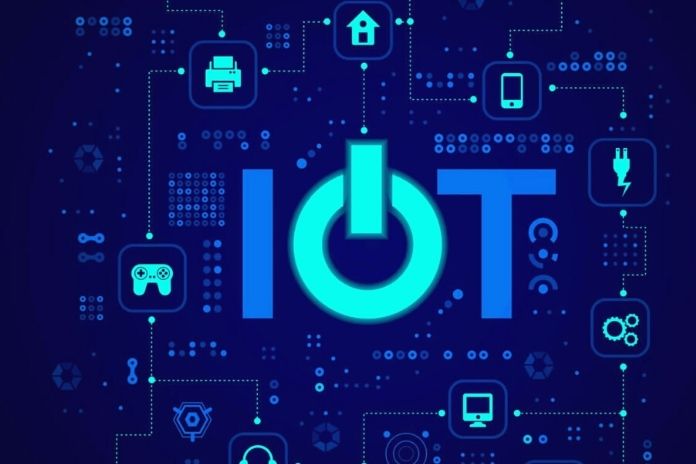Security plays a crucial role in the Internet of Things. When networking devices, it is necessary to ensure that hackers cannot intercept data. The information architecture of the IT applications must also be taken into account, keyword: Security by Design. The advantage: fewer sources of error and an improved user experience.
Smart and connected devices in the Internet of Things are more like computers than other electronic devices. A modern, networked security cam is a computer with a camera that saves the images in the cloud via an internet connection. However, this has consequences for the safety of the device. It can now be accessed via the Internet and is therefore fundamentally vulnerable, like a server in a data center.
But unlike the server, the IoT device is usually not operated by an IT expert who is aware of the risks. The manufacturers of IoT hardware, for example, should not assume that the user will assign a secure password. Because in many cases, the device password is the last line of defense. Anyone who gains access to the device via a guessed or fraudulent password can cause a lot of damage.
Basic Principle “Security By Design”
A well-known example is inexpensive IP cameras for home users. Many users continue to work with the preconfigured user accounts that are only intended for commissioning. This is not a significant hurdle for cybercriminals. This makes it easy to intercept images from an unsecured camera. For better IoT security, it makes sense to shield users from technical measures that have to do with security.
The basic principle is “Security by Design.” The automation of the commissioning is critical, as it prevents incorrect operation and negligence. Ideally, the device is configured quickly and without user intervention. This is rarely done in the IoT device market. However, it is possible – at a manageable cost and with positive consequences for the user experience because security must not create any hurdles before using the hardware and software.
Device-Specific Encryption
What is required is a security system that shields the hardware, and thus the downstream application against all common risks and avoids unnecessary user access. Q-loud uses a sensor protocol that it developed in-house. It specializes in efficient and battery-saving data transmission. This avoids unnecessary overhead due to security at the bit level.
The devices are configured individually with all security-relevant settings in connection with the security stack. Security gaps due to identical keys are therefore excluded. From the user’s point of view, using an IoT solution that incorporates Q-loud technology is therefore very easy. Both partners have known ex-works when communicating with the cloud. The user himself does not have to make any security settings on the device or cloud platform.
Regular Key Exchange
This approach creates a high level of security because the systems automatically exchange the keys without user intervention. This rules out errors and negligence. Since each key is only valid for one device, systemic protection is created. Even if a cybercriminal can guess or calculate a key, it won’t do him much good. First, the key is only valid for one device and, second, it expires after a while. Therefore, a hacker cannot do much harm.
Another safety precaution: the cloud platform detects incorrectly transmitted or falsified data. It also prevents the attempt to penetrate the system through recorded sensor data and its re-transmission. The Q-loud sensor protocol stipulates that all user data are different. This means that there are no data packets of the same type that are suitable for attacks. This avoids the problem that numerous sensors in IoT solutions often transmit the same data, for example, when there are no temperature changes on the monitored machine.
Geographically Separated Data Centers
A modern security architecture also includes the aspect of availability. The IoT platform uses a distributed architecture and works in three geographically separated data centers. This makes it redundant, fail-safe and protected against overload attacks by cybercriminals. Because the distributed architecture ensures, on the one hand, that data from the sensors and actuators are reliably transmitted at all times and, on the other hand, that the service is available without any adverse effects even in the event of a complete failure of a data center.
These measures show that the complexity of IoT security can be easily hidden from end-users. In general, manufacturers of IoT hardware and software should avoid the hassle. This includes confusing configuration screens, work steps that are unclear for lay people, and unnecessary manual settings. In short: The growing spread of IoT solutions in the industry and among private users requires a comfortable user experience through extensive automation.
Also Read: Without A Fiber-Optic Infrastructure, There Is No 5G Cellular Network

